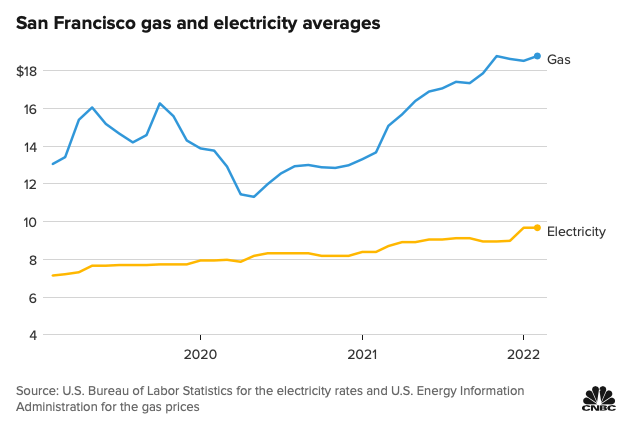Thinking about Purchasing an Electric Car?
Why You Should Charge Your EV With Solar Panels
With gas prices rising at an alarming rate, many people are looking to switch to an electric vehicle. Between the cheaper costs to power the vehicle, PG&E rebates, and Federal Tax credits; electric vehicles are starting to become more popular. That is, if you can find one. “Electric vehicles only make up just over 4% of U.S. sales at the moment, even as automakers are racing to produce electric versions of their current models or are introducing new ones.” (1)
There are three main ways to power an electric vehicle: the grid, public charging stations, or your own solar panels. Charging your electric vehicle(EV) at home, from the grid, is still currently cheaper than using fuel from a gas station. “Even with regional surges in the price of electricity – it’s still quite a bit more expensive to fill your gas tank than it is to charge your EV’s battery (2).” However, PG&E is constantly raising its prices and has more rate hikes planned for the near future.

Public charging stations are a great option and there are many free stations located around the United States. However, since connectors and charging types are not standardized you will have to put in some research time when it comes to locating these types of stations or traveling outside your local area. While most electric vehicles may take over 4 hours to charge, some of the newer Tesla superchargers for EV’s will charge 150 miles in 15 minutes. There are more charging stations than ever, but their prices are often more expensive than charging from the grid at your own home.
When it comes to charging at home, the EV2 time-of-use rate plan can be a game changer. This plan allows customers to pay much lower electricity rates. Currently the excess power generated from solar panels can be sold to the grid at the highest peak rates cost and then bought back at the lowest cost after midnight all the way until 3 PM the following day.
These means that even though you are charging your vehicle at night, when your panels are not producing, you will be paying the lowest rate per KW if you charge your vehicle at this time. There are a variety of PG&E rate plans, each one with its own Time-of-Use (TOU) hours. We can help you navigate which plan best suits your usage during our Bill Review Consultations.
The convenience of charging your electric vehicle from your home solar panel system allows you more flexibility with your time and money. With many of the newer EV’s you can plug in when you get home and program it to charge after midnight. This allows you to not only save money by charging in off peak hours when electricity is the least expensive, but you will also wake up with a full car battery.
The Solar Bill Review Team will help you review your electric needs to ensure that you have enough panels to power your vehicles and your home. Although solar panels require an installation expense, there are many rebates, tax credits and financing options to lower this initial fee and will save you money overtime. Making the switch from fossil fuels to solar electricity is a great way to reduce your carbon footprint and save you money!
Sources:
- Horsley, Scott. “Gas prices got you wanting an electric or hybrid car? Well, good luck finding one.” NPR.org
- Rosevear, John. “Cost to charge an EV vs. refueling a gas vehicle.” CNBC
Check out your solar options:

